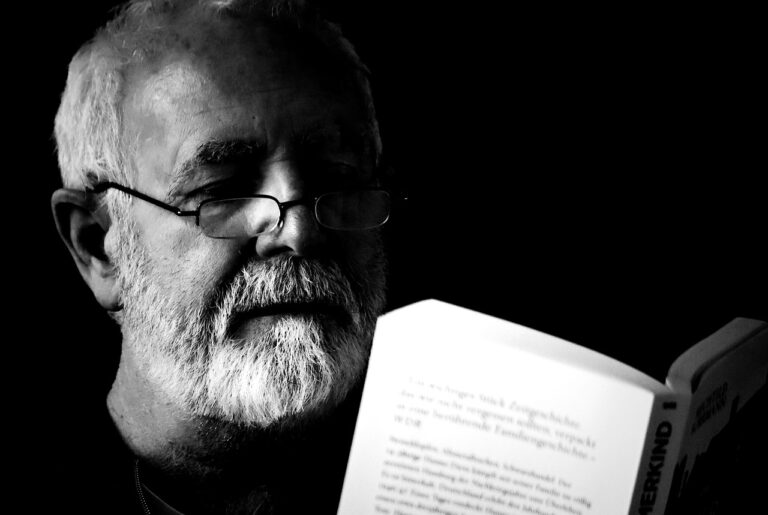Analyzing the Influence of Postmodernism in Contemporary Visual Arts and Media
Postmodernism in visual arts and media emerged as a response to the modernist movements that dominated the cultural landscape in the early 20th century. It began to gain momentum in the 1960s and 1970s, challenging the established norms of art and design by embracing eclecticism, irony, and pastiche. Artists and creators sought to deconstruct traditional narratives and question the notion of a singular truth, leading to a more fragmented and decentralized approach to artistic expression.
The shift towards postmodernism in visual arts and media also coincided with broader social and political changes, such as the rise of consumer culture, globalization, and advances in technology. These factors influenced artists to explore themes of identity, representation, and mass media in their work, blurring the boundaries between high and low culture. As a result, postmodern art and media became a space for experimentation and subversion, challenging viewers to reevaluate their perceptions and assumptions about the world around them.
Postmodernism in visual arts and media emerged as a response to modernist movements
Gain momentum in the 1960s and 1970s, challenging established norms of art and design
Embraced eclecticism, irony, and pastiche to deconstruct traditional narratives
Questioned the notion of a singular truth, leading to fragmented approach to artistic expression
The shift towards postmodernism in visual arts and media also coincided with broader social and political changes. Factors such as the rise of consumer culture, globalization, and advances in technology influenced artists to explore themes of identity, representation, and mass media. This blurred the boundaries between high and low culture. As a result, postmodern art became a space for experimentation and subversion.
Challenging viewers to reevaluate their perceptions and assumptions about the world around them became an essential aspect of postmodern art. The decentralization of artistic expression allowed for diverse voices to be heard within the cultural landscape. This led to a more inclusive approach that reflected the complexity of contemporary society.
Key Characteristics of Postmodern Art
Postmodern art is characterized by its rejection of traditional artistic boundaries and conventions. Artists often incorporate elements from multiple styles and genres, blurring the lines between high and low culture. This results in a diverse and eclectic body of work that challenges the notion of a singular artistic identity.
Another key characteristic of postmodern art is its self-referential nature. Artists often reference and remix existing artworks, popular culture, and historical events to create layers of meaning within their pieces. This intertextuality encourages viewers to engage critically with the work, as they are prompted to consider the broader cultural context in which the art was created.
Impact of Postmodernism on Visual Arts
Postmodernism has left a profound impact on the world of visual arts, challenging traditional norms and pushing boundaries of creativity. Art produced during this era often defies categorization, blending elements from various styles and mediums to create innovative and thought-provoking pieces. Artists have embraced a more eclectic and inclusive approach, incorporating diverse cultural references and sampling techniques to reflect the complexities of the contemporary world.
Moreover, postmodernism has sparked a shift towards art that is more self-referential and critical of its own context and conventions. This self-awareness is evident in the use of pastiche, irony, and parody as tools to deconstruct established ideologies and challenge the notion of originality. The emphasis on intertextuality and meta-narratives in postmodern art invites viewers to engage with the multidimensional layers of meaning embedded within the work, fostering a deeper connection between the art and its audience.
What is postmodernism in visual arts?
Postmodernism in visual arts is a movement that emerged in the mid-20th century as a reaction against the modernist art movements. It is characterized by a rejection of traditional artistic conventions and a focus on incorporating elements from popular culture, technology, and media into art.
What are some key characteristics of postmodern art?
Some key characteristics of postmodern art include the use of irony, parody, pastiche, and appropriation. Postmodern artists often challenge the notion of originality and authenticity in art, and blur the boundaries between high and low culture.
How has postmodernism impacted visual arts?
Postmodernism has had a significant impact on visual arts by encouraging artists to explore new forms of expression and to break away from traditional artistic norms. It has also influenced the way art is perceived and interpreted by viewers, leading to a more diverse and inclusive art world.







